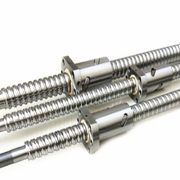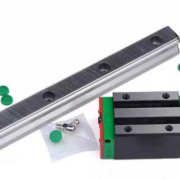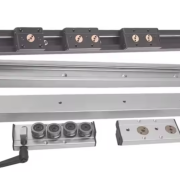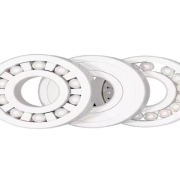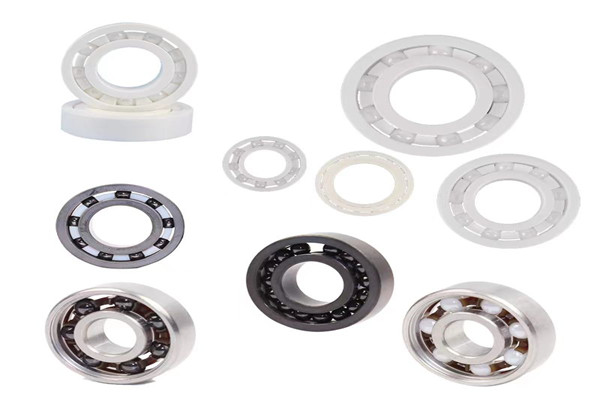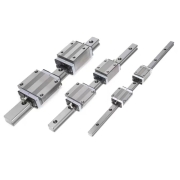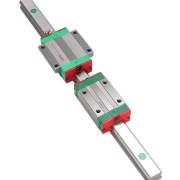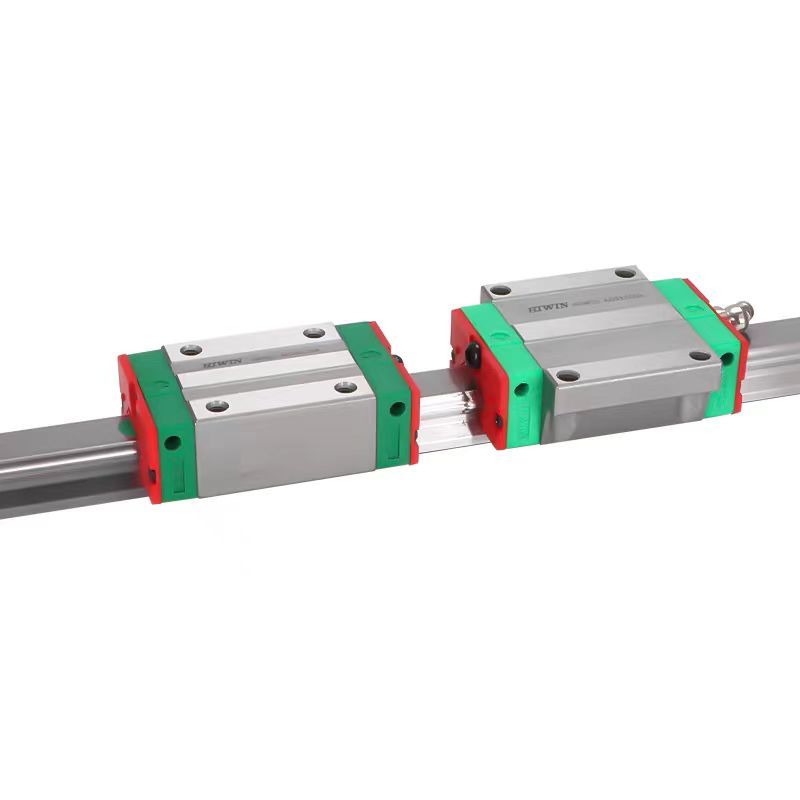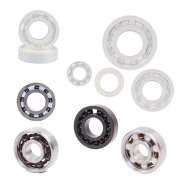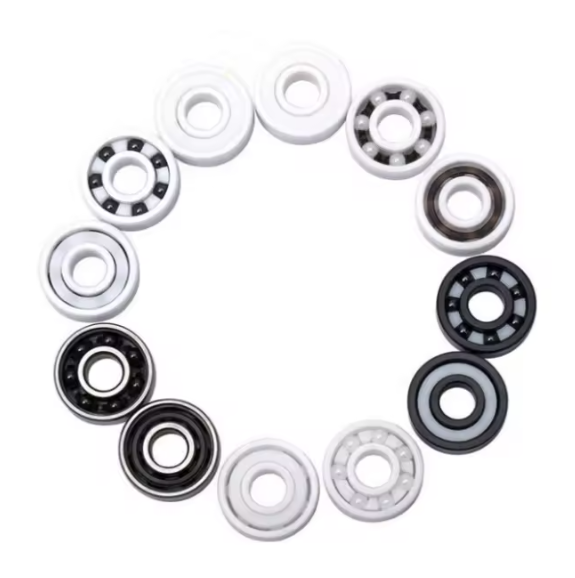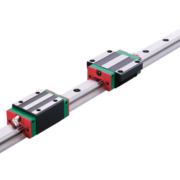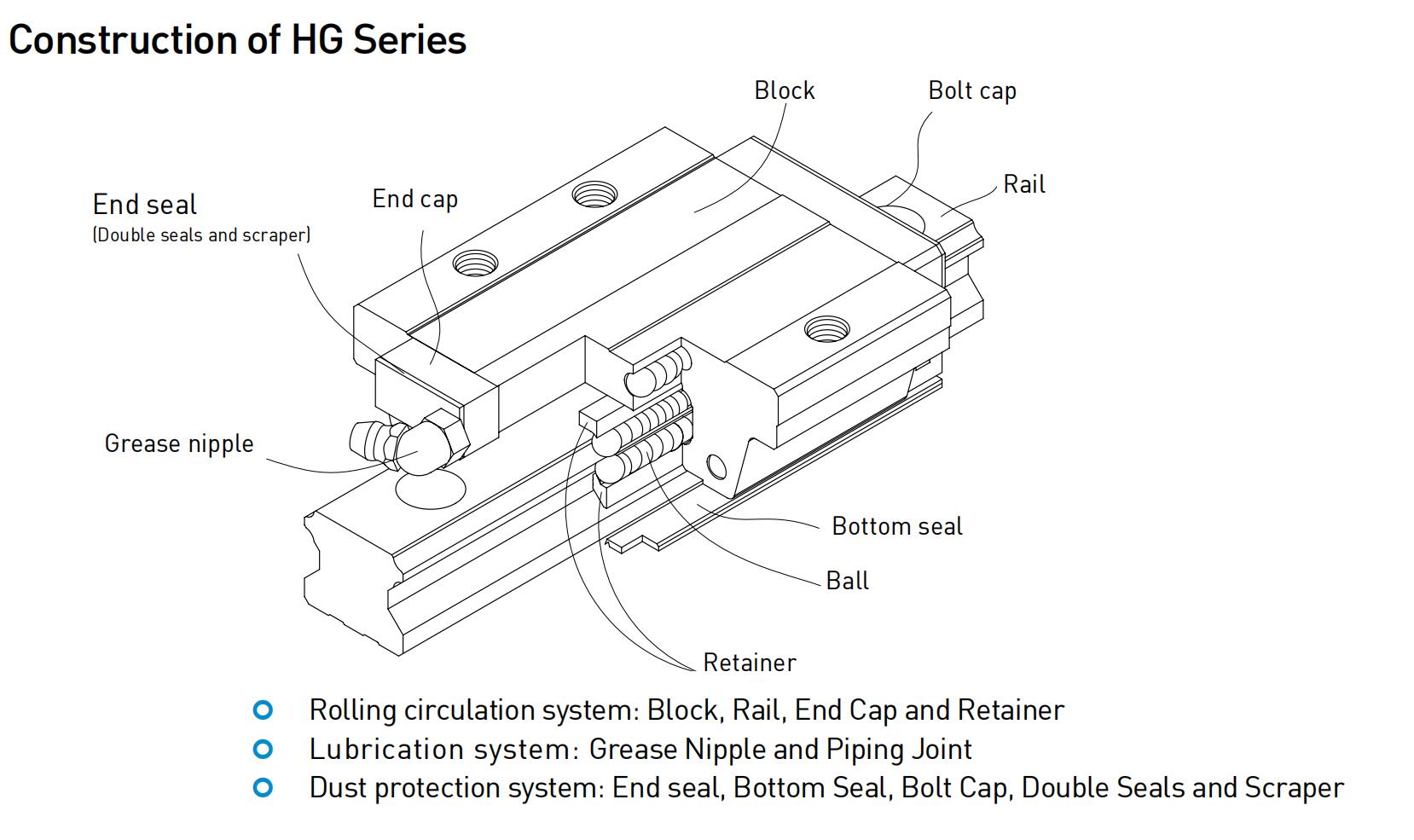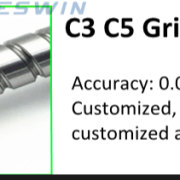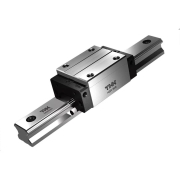5 Advantages of TBI Ball Screw
TBI ball screw, renowned for their exceptional performance in precision motion control systems. TBI ball screws are widely utilized across industries such as CNC machinery, robotics, aerospace, and automotive manufacturing, offering distinct advantages in design, reliability, and adaptability.
1. High Precision and Repeatability
TBI ball screws excel in converting rotational motion into linear motion with minimal friction, ensuring smooth operation and micrometer-level accuracy. This precision is critical for applications like CNC machining, where even minor deviations can compromise product quality. The screws undergo rigorous manufacturing processes, including precision grinding and heat treatment, to meet international standards such as ISO and JIS . For instance, imported TBI ball screws are noted for their ability to maintain high-speed performance without sacrificing accuracy, a feature highlighted in precision-driven sectors .
2. Enhanced Durability and Load Capacity
Constructed from high-grade alloy steel and subjected to advanced heat treatments, TBI ball screws exhibit superior wear resistance and longevity. Their design minimizes stress concentrations, particularly in critical areas like screw shoulders, which are engineered to avoid sharp angles that could lead to fractures . Additionally, the use of chromium-molybdenum steel balls ensures resilience under high temperatures and repetitive stress, reducing the risk of premature failure .
3. Customization and Versatility
TBI offers a diverse range of configurations, including rolled and ground ball screws, catering to both cost-sensitive and high-precision applications. Rolled screws provide economical solutions for general industrial use, while ground variants deliver ultra-tight tolerances for specialized machinery . The brand also supports customization in lead, diameter, and nut design, enabling engineers to tailor solutions for specific operational demands .
4. Advanced Preload Technology
To minimize backlash and enhance rigidity, TBI incorporates preload mechanisms such as oversized balls or double-nut systems. These methods reduce axial play, ensuring consistent performance during directional changes—a critical feature for robotics and automation systems. Preload adjustments also improve nut rigidity, which is vital for maintaining alignment under heavy loads .
5. Global Reliability and Support
With a presence in over 90 countries, TBI combines quality with accessibility. Their commitment to R&D ensures continuous innovation, such as adapting designs for emerging applications like Tesla’s humanoid robots, which demand compact, high-efficiency components . Furthermore, TBI’s extensive production capacity (up to 50,000 units monthly) guarantees timely delivery.
Areswin Precision Machinery Company is a reliable supplier can supply the original TBI ball screw,with good price and fast delivery time.The company can machining the screw base on clients drawing and requirement. The company supply the worldwide. Please click here for more information: TBI Precision Ball Screw SFU Ground and Rolled Series | SFU Ball Screw

